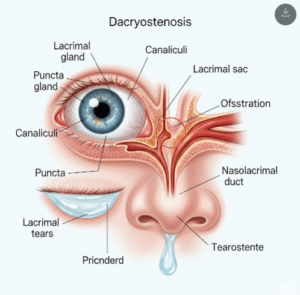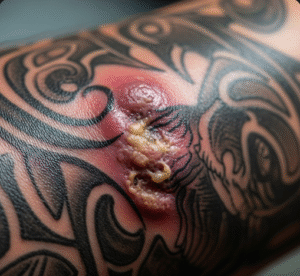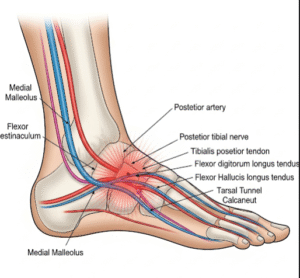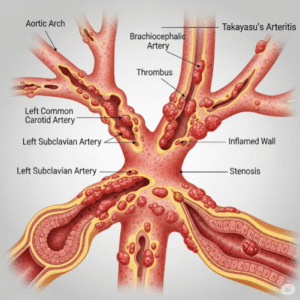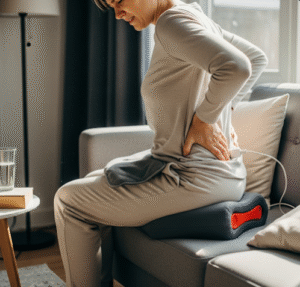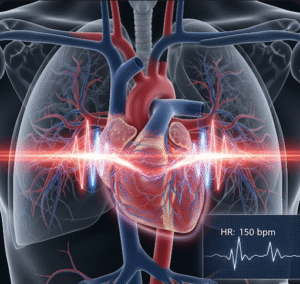Overview
A knee sprain is a common injury involving the stretching or tearing of the ligaments that support and stabilize the knee joint. It can range from mild to severe and is frequently seen in athletes, active individuals, and those who experience trauma or awkward twisting motions of the knee. Knee sprains can cause pain, swelling, instability, and limited movement. In Korea, advanced diagnostic imaging, orthopedic expertise, and rehabilitation programs ensure accurate diagnosis and effective treatment, helping patients recover fully and return to their normal activities.
What Is a Knee Sprain?
A knee sprain occurs when one or more ligaments in the knee are overstretched or torn. The knee joint is stabilized by four main ligaments: the anterior cruciate ligament (ACL), posterior cruciate ligament (PCL), medial collateral ligament (MCL), and lateral collateral ligament (LCL). Sprains vary in severity from mild overstretching (Grade 1) to partial tearing (Grade 2) and complete rupture (Grade 3). The type of ligament involved and severity influence symptoms and treatment.
Symptoms
- Pain localized around the injured ligament area
- Swelling and bruising around the knee joint
- Joint stiffness and difficulty bending or straightening the knee fully
- Instability or feeling that the knee may “give way”
- Tenderness when touching the injured area
- Reduced range of motion and difficulty bearing weight on the affected leg
- Popping sound or sensation at the time of injury (especially with ACL sprains)
Causes
Knee sprains typically result from:
- Sudden twisting or pivoting movements during sports or physical activities
- Direct blow or trauma to the knee, such as in contact sports or falls
- Awkward landing from jumps or missteps
- Overstretching beyond the normal range of motion
- Repetitive stress or overuse leading to ligament weakening
Risk Factors
- Participation in sports like soccer, basketball, skiing, or football with high risk of knee injuries
- Previous knee injuries increasing susceptibility
- Poor conditioning or inadequate warm-up before activity
- Muscle weakness or imbalance around the knee and thigh
- Improper footwear or playing on uneven surfaces
- Obesity increasing stress on knee ligaments
Complications
- Chronic knee instability increasing risk of further injuries
- Meniscal tears or cartilage damage from abnormal joint movement
- Development of osteoarthritis over time due to joint damage
- Persistent pain, swelling, and reduced mobility
- Delayed healing or ligament laxity requiring surgery
Prevention
- Regular strengthening exercises for the muscles around the knee, especially quadriceps and hamstrings
- Proper warm-up and stretching before physical activities
- Use of appropriate footwear and protective gear during sports
- Training on proper techniques for jumping, landing, and changing direction
- Maintaining a healthy weight to reduce knee stress
- Avoiding sudden increases in activity intensity without gradual conditioning
Treatment Options in Korea
Korea offers comprehensive treatment plans for knee sprains, from conservative care to surgical intervention when needed:
- Conservative Management:
- Rest, ice, compression, and elevation (RICE) immediately after injury to reduce swelling and pain
- Use of knee braces or supports to stabilize the joint
- Physical therapy focusing on pain relief, restoring range of motion, and strengthening surrounding muscles
- Nonsteroidal anti-inflammatory drugs (NSAIDs) to manage pain and inflammation
- Advanced Interventions:
- Imaging techniques such as MRI to assess ligament damage extent
- Arthroscopic surgery for severe sprains involving complete ligament tears or associated injuries like meniscal damage
- Ligament reconstruction surgeries, especially for ACL tears, using autografts or allografts
- Rehabilitation:
- Structured rehabilitation programs to regain strength, flexibility, and proprioception
- Gradual return to sport or daily activities under medical supervision
- Injury prevention education and ongoing conditioning
Korean orthopedic clinics are known for their use of cutting-edge diagnostic tools, minimally invasive surgical techniques, and personalized rehabilitation programs, ensuring optimal recovery from knee sprains.




